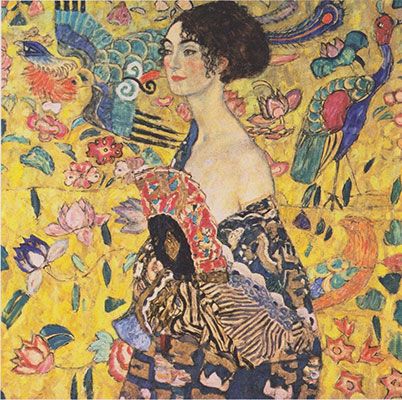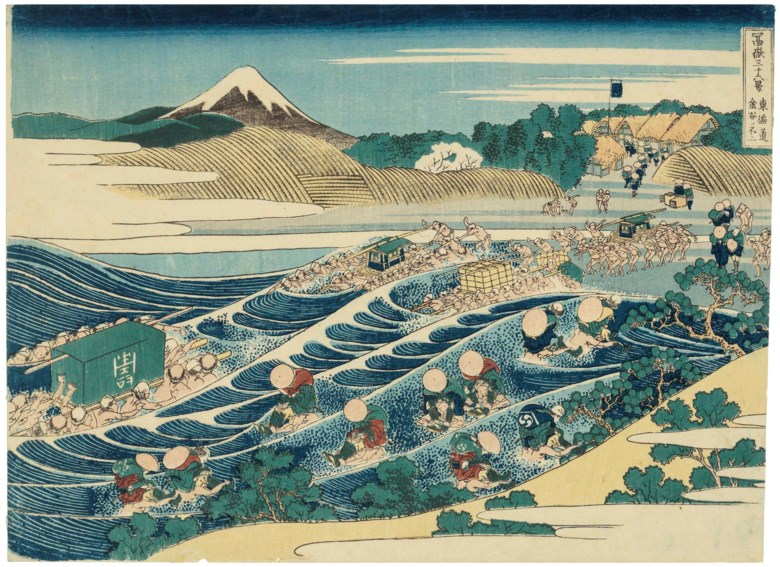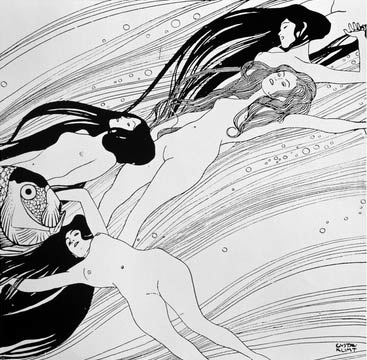Once trade between Japan and Europe became commonplace, Japanese aesthetics and objects came into fashion. Many artists began to imitate the flat colours and simplified depth in their work, artists such as: Van Gogh, Kilmt, Manet, etc.

The Japonism Movement began in 1854 and ended 1920, not to say that it’s influence ended, rather, the changes melded permanently into future works. Even today, the modern term ‘weaboo’ relates to those obsessed with contemporary Japanese culture and work. Ukiyo-e prints were done on wooden blocks and the term ‘Ukiyo-e’ means floating world, also known as the red light district. These paintings often depicted unusual perspectives and unseen settings. The bright patterns and intense colours leaked into European art and these flat compositions became essential to modernist painting. Katsushika Hokusai, artist behind many famous Ukiyo-e prints, most notably: The Great Wave off Kanagawa, has been considered the Father of modern western art. His asymmetrical compositions were a turning point in western art and his influence is unending.


The reason I’ve chosen to include multiple Klimt pieces is my personal admiration of his work. The beautiful versatility of his paintings and prints are stunning. For example, Blood of Fish exemplifies Klimt’s transition from a realist style to the impressionist art nouveau works that he is famous for and really convey the Japanese influence in his work.
https://www.theartstory.org/movement/japonism/artworks/
Leave a Reply